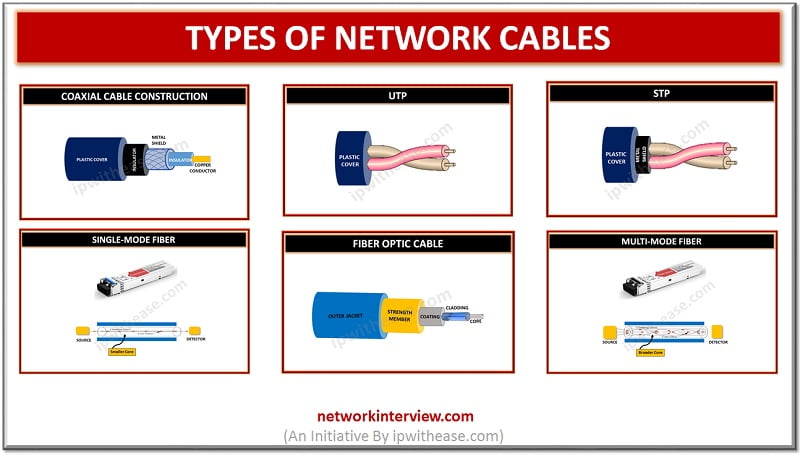
Types of Network Cables
The medium that allows traveling of information through it from one device of network to other is termed as network cable. Selection of the cable type for the network is dependent on factors such as topology, size and procedure of the network. The infrastructure of network has its backbone in the form of several kinds of network cables. Several functions of business are impacted by the selection of suitable kind of network cabling since new technologies are employed by admins of enterprise network.
Network cable form used in any infrastructure of network serves as the most significant networking aspect in several industries.
Types of Network cables
Coaxial cable
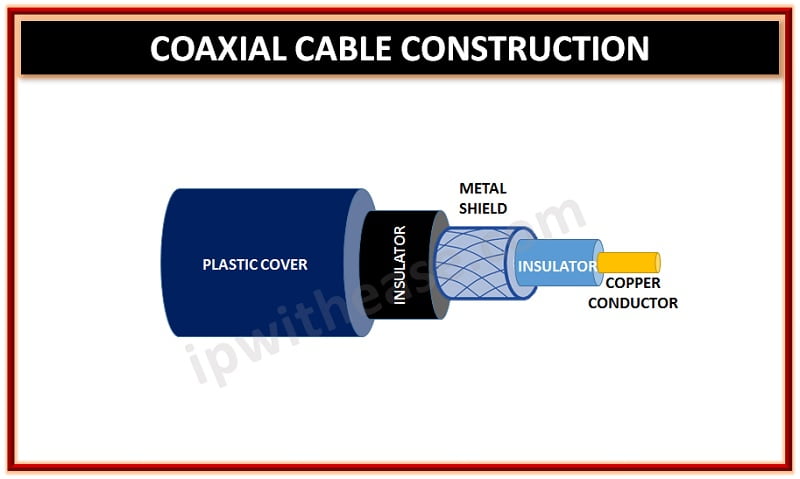
A single conductor of copper is there in the middle of coaxial cable. Insulation is provided by plastic layer between center conductor and braided metal shield. The outer interference that comes from the fluorescent lights, motors and other computers is blocked by the metal shield. Installation of coaxial cable is complex and offers extreme signal obstruction resistance. Enormous lengths of cable between devices of network are handled by it compared to twisted pair cable. Thick coaxial and thin coaxial are the two forms of coaxial cables.
The coaxial cable has the unique design that allows its installation near metal objects as well without any losses in power that takes place in lines of transmission. The transmission capability of coaxial cable is 80 times more in comparison to the twisted pair cable. The main use of such cables is in the feedlines that connect radio receivers and transmitters with antennas, cable television distributed signals and connections of computer network.
Unshielded twisted pair
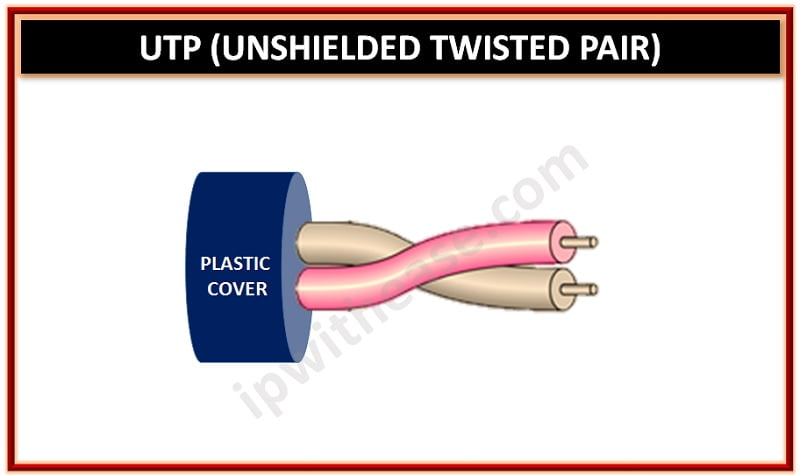
This form of network cable is the most admired one in the world and is perfect for both computer networking and conventional telephone networking. Following are the various schemes of wiring available for UTP:
- CAT 1 useful for the telephone wire
- Speeds of upto 4 Mbps are supported by CAT2 and are frequently used for the token ring networks.
- For the token ring networks that have higher speeds of network, the wiring scheme used is CAT 3 and CAT4.
- CAT5e has replaced CAT5 since they offer improved crosstalk specification that allows support speeds of up to 1 Gbps. This is world’s most used specification of network cabling.
- Speeds of over 1 Gbps are supported by CAT6 for over 100 meters of length and for 55 meters, the speed is 10 Gbps. A distinct cable analyzer must be used by companies using CAT6 cabling for requesting overall test report.
- A fresh pattern of copper cable is CAT7 that supports 10 Gbps speeds and 100 meters length.
STP or shielded twisted pair cable
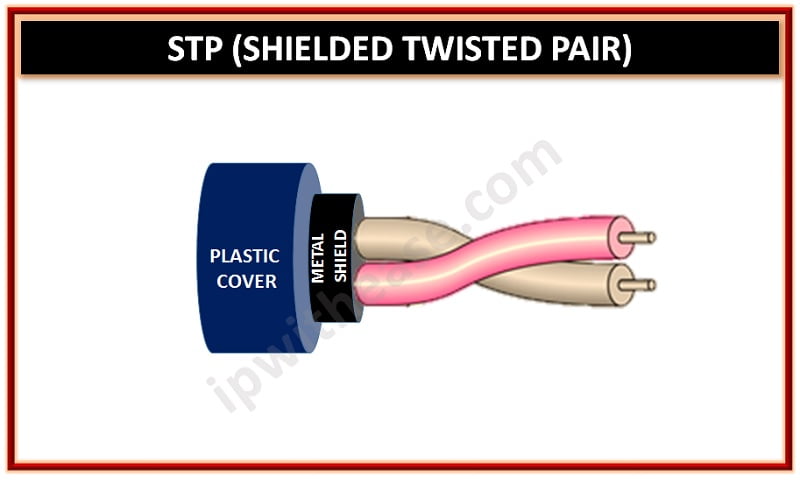
This distinct copper telephone wiring form is used in the installations of businesses. The general telephone wires of twisted pair are added with external shield that acts as the ground. STP serves to be the most suitable solution if you are in search of cable for the place having electrical current risk in UTP or potential interference. With the help of shielded cables, the distance between cables could also be expanded.
Fiber optic cable
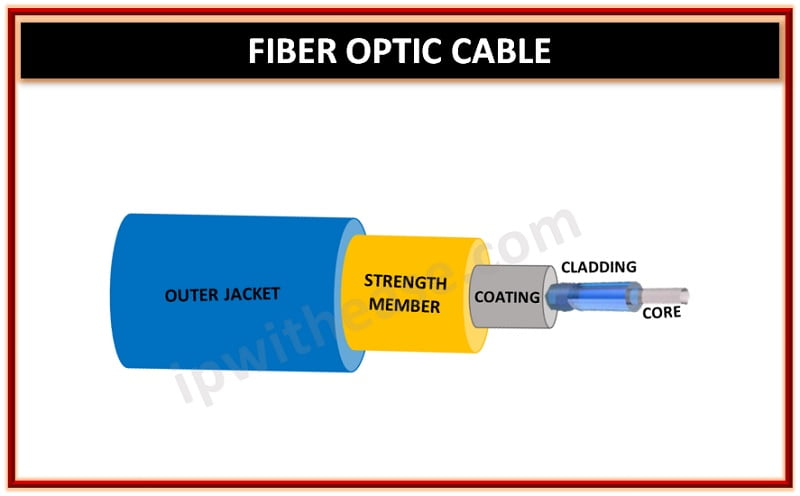
Center glass core is there in the fiber optic cable and several protective material layers surround it. The electrical obstruction problem is removed by this cable with the transmission of light in place of electronic signals. This is the reason why they serve as the perfect options for some atmospheres having electrical interference in enormous amount. For networks connection between buildings, it serves as the standard choice on account of its resistance to moisture and lighting.
A glass threads bundle is present in the fiber optic cable, each having the capability of spreading the messages that are modulated on the light waves. The structure and design of fiber optic cable is complicated. Outer optical casing is there in this form of cable that surrounds light and catch it inside central core. Configuration of inner section of cable must be done in two ways: multi-mode and single mode. While the difference is small, the fiber optic cables usage and performance are affected tremendously.

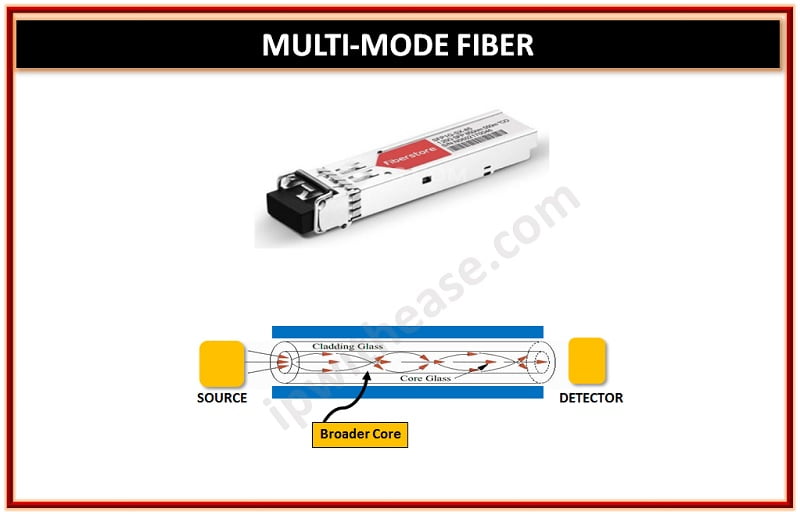
Comparison Table
| Feature | Coaxial | UTP (Unshielded Twisted Pair) | STP (Shielded Twisted Pair) | Single Mode Fiber | Multimode Fiber | Fiber Optic (General) |
| Medium | Copper | Copper | Copper | Glass (or plastic core) | Glass (or plastic core) | Glass or Plastic |
| Transmission Type | Electrical | Electrical | Electrical | Light (Laser) | Light (LED) | Light (Laser or LED) |
| Max Distance | ~500 meters | 100 meters (Cat 5e/6) | 100 meters (Cat 5e/6) | Up to 40–100 km | Up to 2 km | Varies by type |
| Data Rate | Up to 10 Mbps (older types) | Up to 10 Gbps (Cat 6a/7) | Up to 10 Gbps (Cat 6a/7) | 10 Gbps to 100+ Gbps | 10 Gbps (typical max) | 10+ Gbps |
| EMI Resistance | Moderate | Low | High | Very High | Very High | Very High |
| Cost | Low | Low | Moderate | High | Moderate | High |
| Installation Complexity | Easy | Easy | Slightly more complex | Complex | Moderate | Complex |
| Typical Use Cases | TV, CCTV, legacy LANs | Ethernet LANs | Industrial or noisy environments | Long-distance backbone links | Short-distance backbone links | WANs, high-speed networks |
| Connector Type | BNC, F-type | RJ-45 | RJ-45 (with shielded connectors) | LC, SC, FC | LC, SC, ST | LC, SC, FC, ST |
| Bandwidth | Low | Medium to High | Medium to High | Very High | High | Very High |
| Durability | Moderate | Moderate | Moderate | High | High | High |
Download the comparison table: types of network cables comparison
Tag:Infrastructure



